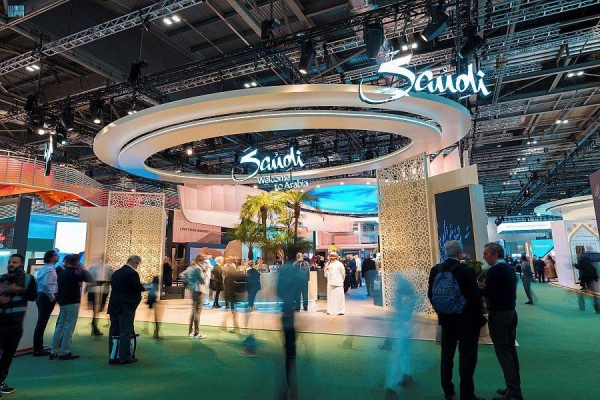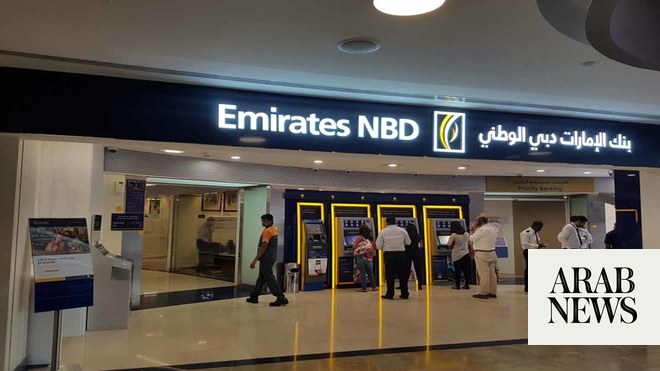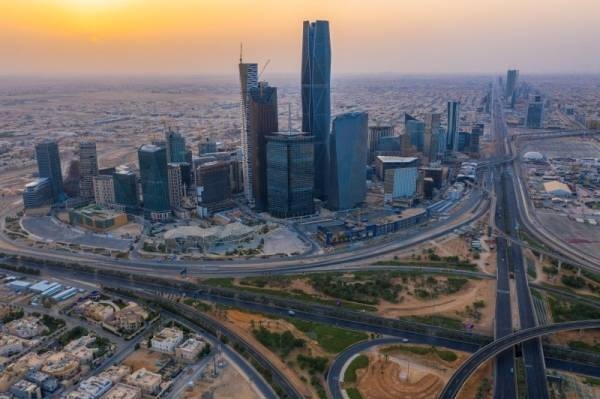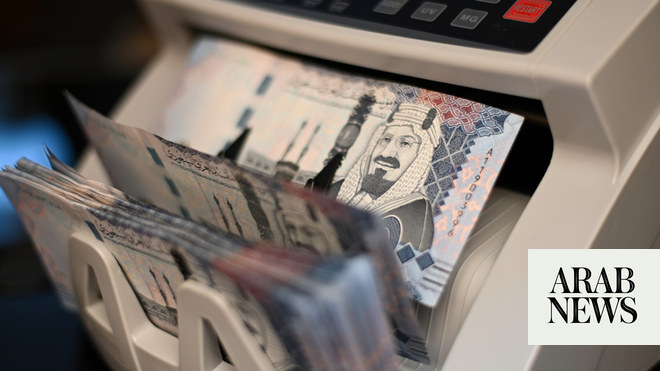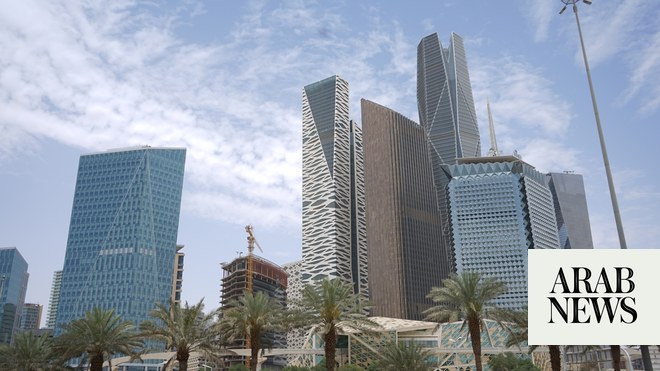
RIYADH: Saudi Arabia’s top 10 listed banks saw their earnings surge by 8 percent in the first quarter of 2024, reaching SR18.65 billion ($5 billion) compared to the corresponding period of the previous year.
The increase in earnings can be attributed to several factors, including an 11 percent growth in lending and a rising interest rate environment that has heightened the cost of credit.
According to the latest data from the Saudi Central Bank, loans reached SR2.67 trillion by the end of March, with a growth rate surpassing deposits, which increased by 8 percent.
Meanwhile, research by Kamco Invest indicated that data from Gulf Cooperation Council central banks showed that, despite higher interest rates, outstanding credit facilities in the region continued to expand during the first quarter of 2024.
This growth was driven by widespread increases across all seven countries, highlighting the resilience of the financial sector. The robust expansion in lending reflects a broader trend of economic growth and investment within the Gulf region, demonstrating the strength and stability of its financial systems.
Their analysis showed that lending growth was strong compared to last year, with each country experiencing significant increases. This robust lending growth reflects a solid project pipeline, as aggregate contract awards in the GCC rose by 20.3 percent year-on-year, reaching $45 billion in the first quarter of 2024, up from $37.4 billion in the same period last year.
S&P Global forecasts robust credit growth for banks in the Kingdom, ranging between 8 to 9 percent in 2024. This expansion is expected to be driven by corporate lending, fueled by increased economic activities stemming from the Vision 2030 program.
In March, Moody’s Investors Service reaffirmed a positive outlook for Saudi Arabia’s banking sector. This endorsement was based on the Kingdom’s economic diversification programs and the growth of loans for low-risk government-backed projects. These initiatives are expected to enhance loan performance and contribute to robust profits in the banking sector.
Moody’s emphasized that Saudi Arabian banks anticipate a low nonperforming loan ratio and possess substantial loss-absorption capacity. Furthermore, their capital ratios rank among the highest in the Middle East region.
Furthermore, there is anticipation that the Saudi government and its affiliated entities will inject deposits into the banking system, thus providing additional support for the credit expansion of financial institutions in the Kingdom.
In this quarter, Saudi National Bank reported the highest earnings among the top 10 banks, reaching SR5.04 billion, followed by Al Rajhi Bank, which had earnings totaling SR4.41 billion.
According to Forbes 2024 MENA’s 30 most valuable banks list, Saudi Arabia accounted for a third of the entries, with 10 banks featured. Al Rajhi Bank continued to lead the list, with its market value increasing by $21.7 billion over the past 12 months to reach $96.6 billion.
Following closely, Saudi National Bank holds a market value of $68.2 billion.
Despite representing just 7 percent of the total revenues of listed banks in the first quarter, Alinma Bank’s growth significantly contributed to the overall increase. It experienced a 36 percent surge compared to the same period last year, reaching SR1.31 billion.
The bank attributed these positive results to increases in net income from financing and investment, banking service fees, income from evaluating investments at fair value, and other revenue streams.
According to S&P Global, Saudi banks are anticipated to adopt alternative funding strategies to manage the swift expansion in lending, driven by the increasing demand for new mortgages.
Even as the Saudi government and affiliated entities are poised to inject deposits into the banking system, Saudi banks are projected to persist in accessing international capital markets. This trend is expected to endure for the next three to five years.






